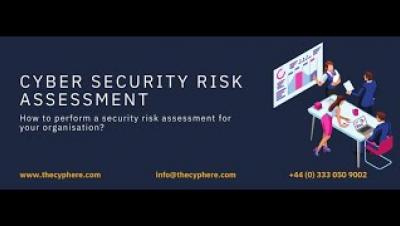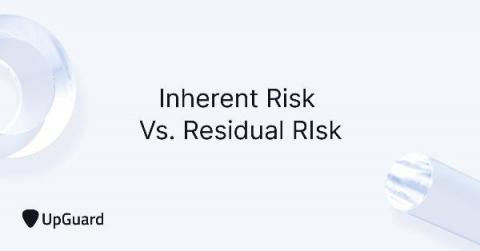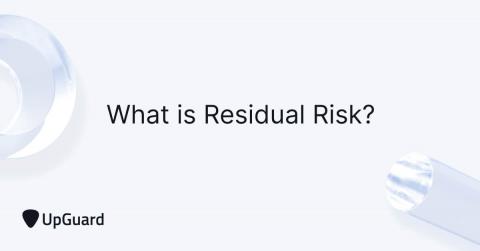Security | Threat Detection | Cyberattacks | DevSecOps | Compliance
Risk Management
How to Apply the Risk Management Framework (RMF)
The Risk Management Framework (RMF) is most commonly associated with the NIST SP 800-37 guide for “Applying the Risk Management Framework to Federal Information Systems: A Security Life Cycle Approach,” which has been available for FISMA compliance since 2004. It was updated in December 2018 to revision 2. This was the result of a Joint Task Force Transformation Initiative Interagency Working Group; it’s something that every agency of the U.S.
How to perform a cyber security risk assessment? Step by step guide.
What Are the HIPAA Standard Transactions?
The Department of Health and Human Services (HHS) defines a transaction as an electronic exchange of information between two parties, to carry out financial or administrative activities related to healthcare. For example, a health care provider will send a claim to a health plan to request payment for medical services.
What is Cybersecurity Risk Management?
Every time you log on to the Internet, you put your IT systems and the data you handle at risk. At the same time, it’s also impossible to run a successful business without going online, so a key element of modern business management is a strong cybersecurity risk management program. Why? Because the only people in the cybersecurity field working harder than software engineers are the criminals trying to find a new way to breach the latest network security measures.
Inherent Risk vs. Residual Risk (Quick Explanation)
Inherent risks include all risks that are present without any security controls. Residual risks are the risks that remain after security controls are implemented. Residual risks are inevitable. Even with an abundance of security controls, vestiges of residual risks will remain that could expose your sensitive data to cyber attacks.This is because the proliferation of digital transformation expands the digital landscape, creating more attack vectors.
What Is NIST?
NIST is the abbreviated name of the National Institute of Standards and Technology. It’s one of many federal agencies under the U.S. Department of Commerce, and is one of the oldest physical science laboratories in the United States. As a non-regulatory government agency, NIST was originally founded to enable greater industrial competitiveness in the United States. Its focus stems from the mantra, “One cannot manage what is not measured.
Cyber Insurance: Insuring the Intangible
What is Residual Risk? Why it Matters So Much in 2021
Residual risk is the threat or vulnerability that remains after all risk treatment and remediation efforts have been implemented. Even with an astute vulnerability sanitation program, there will always be vestiges of risks that remain, these are residual risks. Because they will always be present, the process of managing residual risk involves setting an acceptable threshold and then implementing programs and solutions to mitigate all risks below that threshold.
What are the PCI DSS Password Requirements?
The PCI DSS compliance password requirements are mandated by Requirement 8 of the Payment Card Industry Data Security Standard (PCI DSS). Password compliance plays a key role in the PCI standards because it dictates the password complexity necessary to help an organization better defend its systems against unauthorized access.








